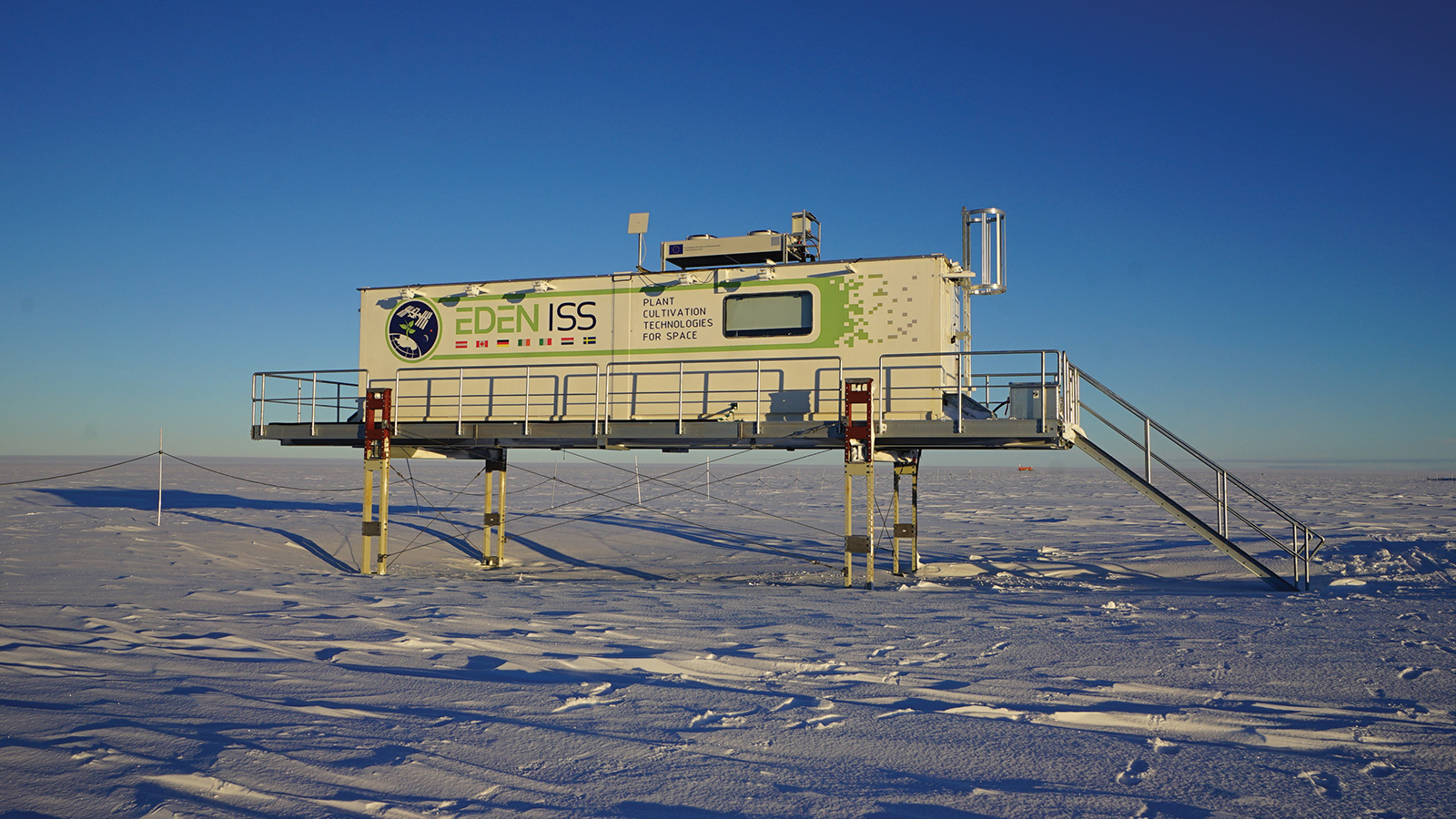Stay Up to Date
Submit your email address to receive the latest industry and Aerospace America news.
The Space Architecture Technical Committee focuses on the architectural design of the environments where humans will live and work in space, including facilities, habitats and vehicles.
November marked the 20th anniversary of the “groundbreaking” — or breaking away — of the International Space Station. The first module launched in November 1998.
This year was also notable for something that did not happen: The Bigelow Expandable Activity Module was not unberthed and deorbited. Instead, Bigelow Aerospace announced in December 2017 that NASA had awarded it a sole-source contract to extend the life of the module for a minimum of three years.
In February, Bigelow announced the creation of Bigelow Space Operations, a subsidiary that will operate commercial space stations built by the parent company. Its first properties will be two B330 modules, each about a third of the pressurized volume of the ISS.
There has been much discussion this year about commercializing the ISS after 2024. NanoRacks announced in April that its space station airlock module “Bishop” had completed a critical design review. Bishop will be the station’s first commercial airlock. The Houston-based company says its airlock module will offer five times the satellite deployment volume of current station facilities and that it will be capable of relocating from the current station to a future commercial outpost such as NanoRacks’ proposed “Independence 1,” formerly known as Ixion.
Axiom Space announced in June that it has partnered with hotel architect Philippe Starck to design its space module interiors. Initial design concepts have been posted on Axiom’s and Starck’s websites.
The United Kingdom announced at the Farnborough Air Show in July that the government will begin development of Britain’s first spaceport in Sutherland, Scotland, with Lockheed Martin as prime contractor.
As low Earth orbit becomes a commercial domain, government agencies are setting their sights on the moon and cislunar space. In May, NASA published a “Memorandum for the Record” outlining its plans for the Lunar Orbital Platform-Gateway. In the memo, the 15 space agencies in the International Space Exploration Coordination Group reported their consensus on gateway’s importance in expanding human presence in deeper space.
Commercial design concepts under NASA’s Next Space Technologies for Exploration Partnerships, or NextSTEP, program are integral to gateway development. In May, NASA announced awards under three tracks to nine companies and one university: Blue Origin, United Launch Alliance, the University of Illinois and UTC Aerospace Systems for identifying gaps associated with in-situ resource utilization; BlazeTech Corp., Paragon Space Development Corp., Skyhaven Systems and Teledyne Energy Systems for component-level development and testing; and Honeybee Robotics Spacecraft Mechanisms Corp. and OxEon Energy for subsystem development and testing. At the Kennedy Space Center in August, Lockheed Martin exhibited its prototype for a deep-space habitat. Other habitat contractors include Boeing, Sierra Nevada Corp., Northrop Grumman Innovation Systems, NanoRacks and Bigelow.
In July, the European Space Agency commenced activities for the European contribution to gateway, focused on the airlock and the habitation module, with two parallel studies for each to build and test demonstrators. Prime contractors include Thales Alenia, Airbus and Space Applications Services. Liquifer Systems Group is the architectural subcontractor for the Airbus team.
The German Aerospace Center announced in April the first harvest in the EDEN ISS experimental greenhouse, which began relocation last year to the Neumayer Station III in Antarctica. It arrived there in January.
Editor’s note: Barbara Imhof works with Liquifer Systems Group.
Photo: The EDEN ISS experimental greenhouse at the Neumayer Station III in Antarctica is testing methods of cultivating produce for onboard the International Space Station and long-term missions in space. Credit: DLR, the German Aerospace Center
Stay Up to Date
Submit your email address to receive the latest industry and Aerospace America news.




